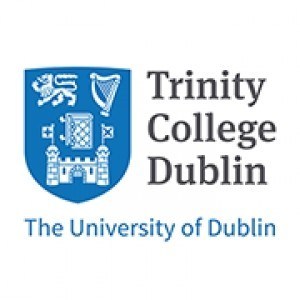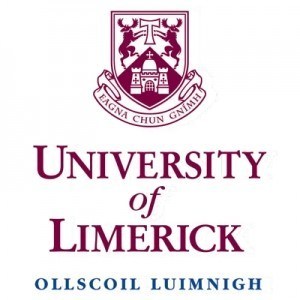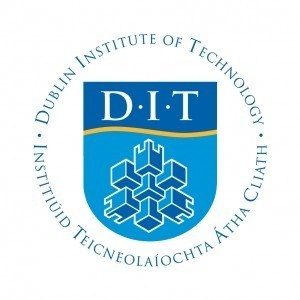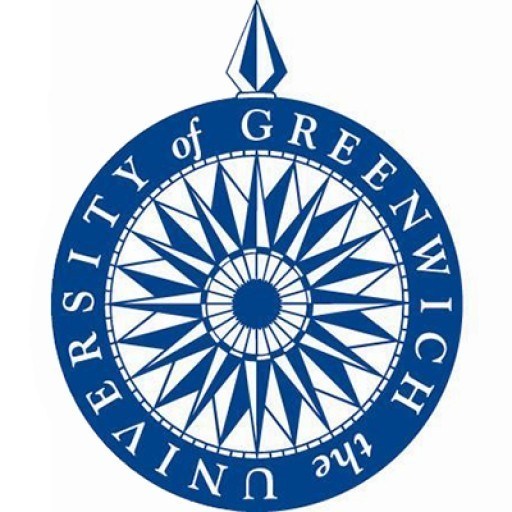Photos of university / #tcdglobal
The Bachelor of Science in Integrated Systems Design at the University of Dublin offers students a comprehensive education at the intersection of engineering, computer science, and systems thinking. This innovative programme is designed to equip graduates with the necessary skills to develop, implement, and manage complex integrated systems across various industries, including manufacturing, healthcare, transportation, and information technology. Throughout the course, students will explore a diverse range of topics such as systems analysis and design, automation, robotics, control systems, embedded computing, and software development. The curriculum emphasizes a multidisciplinary approach, combining theoretical principles with practical applications, to prepare students for real-world challenges in integrated systems engineering.
Students will engage in hands-on projects, laboratory work, and industry placements that foster critical thinking and problem-solving abilities. The programme also focuses on fostering skills in project management, communication, and teamwork, enabling graduates to effectively collaborate within multidisciplinary teams. In addition to technical expertise, students will develop an understanding of ethical considerations and sustainable practices in system design and implementation. The course aims to produce versatile graduates capable of innovating and improving integrated systems to enhance efficiency, safety, and reliability in various sectors.
The programme can be completed over three years of full-time study, with opportunities for specialization in areas such as automation, embedded systems, or control engineering. Graduates of the Bachelor of Science in Integrated Systems Design are well-prepared to pursue careers as systems engineers, automation specialists, control engineers, or computer systems analysts. They may find employment in manufacturing companies, technology firms, government agencies, or start their own ventures. To support lifelong learning, the programme also provides a foundation for postgraduate studies and research in related fields. Overall, the Bachelor of Science in Integrated Systems Design aims to develop innovative thinkers who can drive the future of integrated systems technology and contribute to technological advancement and societal progress.
The Bachelor of Science in Integrated Systems Design at the University of Dublin offers students a comprehensive education in the principles and practices of designing and developing complex integrated systems. This programme combines theoretical foundations with practical applications across a range of disciplines including electronics, computer science, data analysis, and systems engineering. Students will explore core topics such as digital and analog electronics, embedded systems, software development, and systems integration, equipping them with the skills necessary to tackle contemporary technological challenges.
Throughout the course, students engage in hands-on projects and laboratory work that simulate real-world scenarios, fostering problem-solving abilities and innovative thinking. The curriculum emphasizes interdisciplinary collaboration, aiming to develop graduates who can work effectively across different technical domains. Key modules include control systems, network architecture, automation, cyber-physical systems, and user-centered design, providing a broad yet detailed understanding of integrated system design principles.
In addition to technical skills, the programme also focuses on developing critical soft skills such as communication, teamwork, project management, and ethical considerations in the deployment of technology. Students have opportunities to participate in internships, industry projects, and research collaborations, which enhance their practical experience and professional readiness.
Graduates of this programme are prepared for careers in various sectors including manufacturing, telecommunications, automotive industries, robotics, and information technology. They might work as systems engineers, automation specialists, embedded systems developers, or product designers, among other roles. The programme aims to produce versatile professionals capable of innovating and leading the development of integrated technological solutions in a rapidly evolving digital landscape.
The Bachelor of Engineering in Integrated Systems Design at the University of Dublin requires applicants to have completed a relevant secondary education with strong performance in mathematics and science subjects. Prospective students must demonstrate proficiency in English language skills, typically through standardized tests such as IELTS or TOEFL, unless they have completed previous education in English. The program is designed to equip students with a comprehensive understanding of interdisciplinary engineering principles, combining aspects of electrical, electronic, mechanical, and computer engineering to develop innovative integrated systems. A foundational knowledge in mathematics, physics, and computing is essential for success in this program. The curriculum includes core modules in systems engineering, control systems, embedded systems, digital design, and automation. Students will also engage in practical laboratory work, project-based learning, and collaborative design exercises to develop hands-on experience. Throughout the program, students are encouraged to participate in internships, industry projects, and research activities to enhance their practical skills and professional readiness. The program aims to foster problem-solving abilities, technical competence, and an understanding of sustainable and ethical engineering practices. To graduate, students must successfully complete all coursework, pass assessments, and undertake a final-year project demonstrating integrated systems design skills. The program usually spans three to four years of full-time study, depending on the specific entry pathway. Applicants should have a strong interest in innovative technologies and a desire to contribute to the development of advanced integrated systems across various industries including manufacturing, telecommunications, aerospace, and automation.
The Bachelor of Science in Integrated Systems Design at the University of Dublin offers various financing options to support students throughout their studies. Prospective students are encouraged to explore a range of funding sources including government grants, scholarships, student loans, and work-study programs. The university's scholarship scheme provides financial aid based on academic merit, need, and demographic criteria, and applicants are advised to consult the official university website for detailed eligibility requirements and application procedures. In addition, the Irish government offers student loan programs with favorable interest rates and repayment terms designed to make higher education accessible to a diverse student body. International students should investigate external sponsorships, private scholarships, or grants provided by their home countries or organizations to fund their studies. The university’s financial aid office provides comprehensive guidance and support to help students understand the application process and manage their finances effectively. Furthermore, part-time employment opportunities are available on campus and in the surrounding community, allowing students to earn income while balancing their academic commitments. Payment plans may also be arranged to spread tuition fees over manageable periods, reducing financial burden at the start of the program. The university continually evaluates and updates its financing options to ensure the financial accessibility of the Integrated Systems Design program remains robust and inclusive. Students are encouraged to contact the university’s financial aid services early in their application process to identify appropriate funding sources and receive personalized advice tailored to their individual circumstances.
Integrated Systems Design at the University of Dublin offers a comprehensive and interdisciplinary approach to understanding and developing complex integrated systems. This program combines principles from engineering, computer science, and information technology to equip students with the skills necessary to design, analyze, and manage sophisticated technological systems that are integral to modern industries. The curriculum emphasizes both theoretical knowledge and practical application, ensuring that graduates are well-prepared to address real-world problems in sectors such as aerospace, automotive, telecommunications, and energy. Students gain expertise in system architecture, design methodologies, embedded systems, automation, and control systems, alongside advanced coursework in software engineering, hardware integration, and systems optimization. The program also encourages innovation and research, providing opportunities for students to engage with cutting-edge projects and collaborations with industry partners. Facilities at the university include state-of-the-art laboratories equipped with modern hardware and software tools, fostering an environment conducive to hands-on learning and experimentation. The faculty comprises experienced academics and industry professionals dedicated to mentoring students and supporting their career development. Graduates of the Integrated Systems Design programme typically pursue careers as systems engineers, design specialists, project managers, or researchers in various high-tech sectors. The program emphasizes the development of critical thinking, problem-solving abilities, and teamwork skills, preparing students to meet the evolving challenges of integrated systems technology worldwide.








